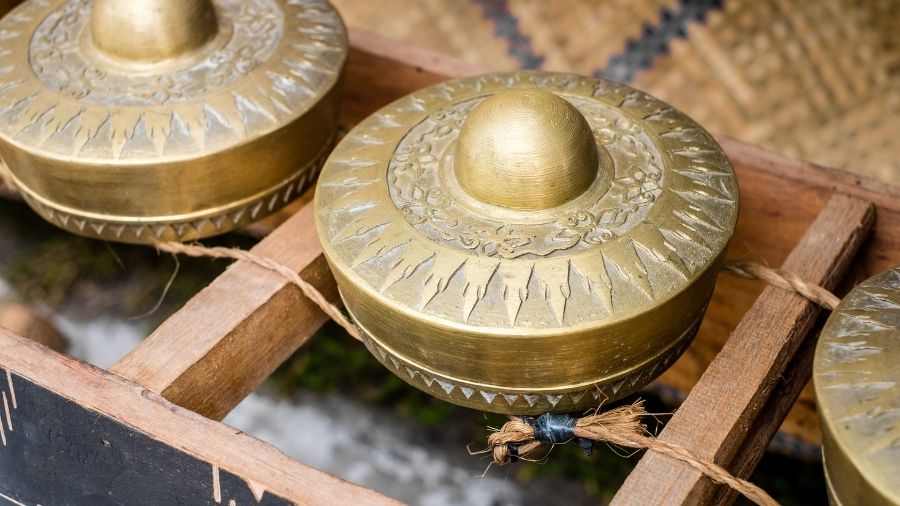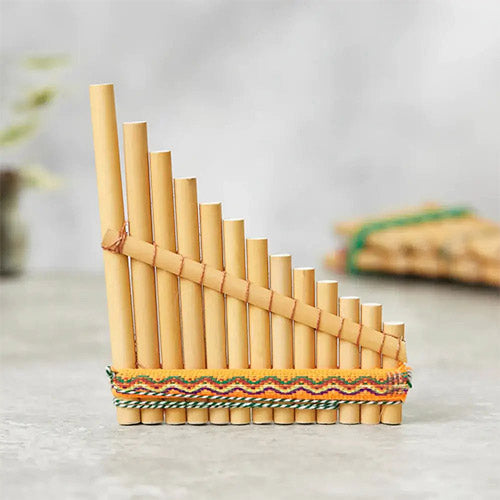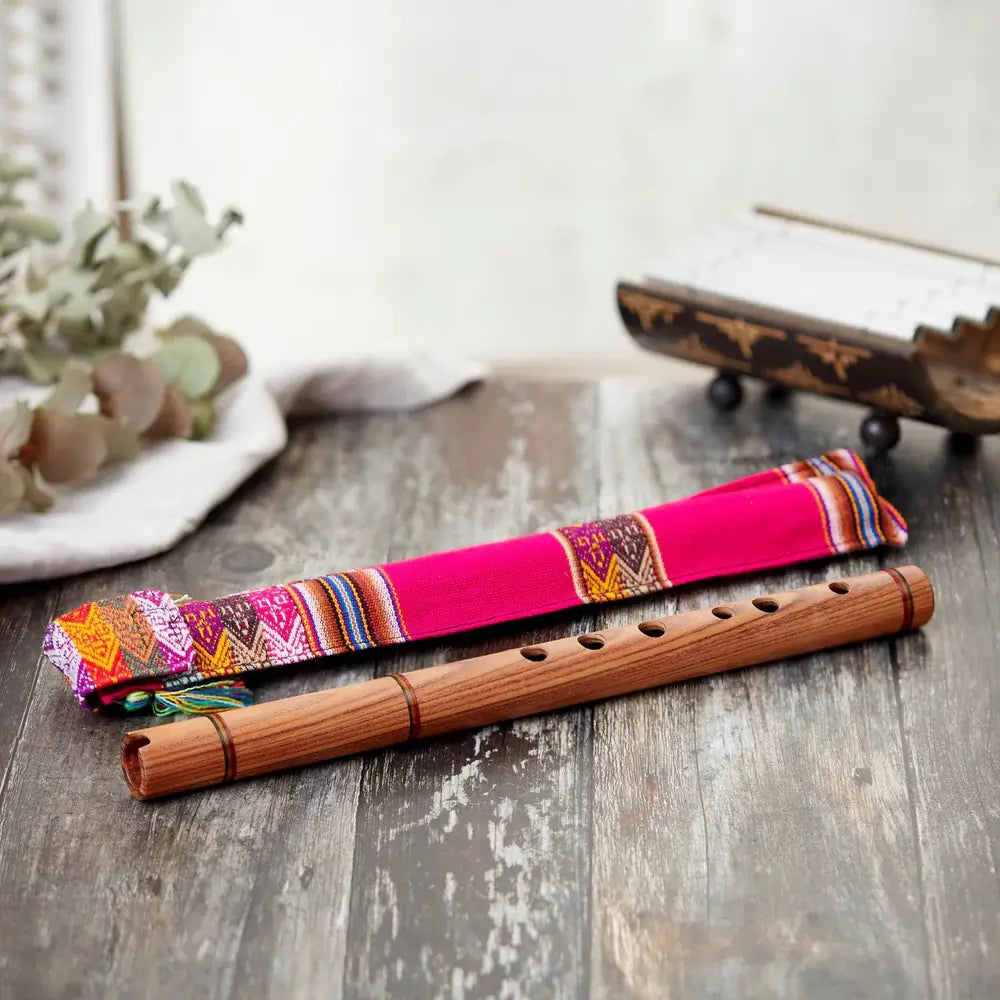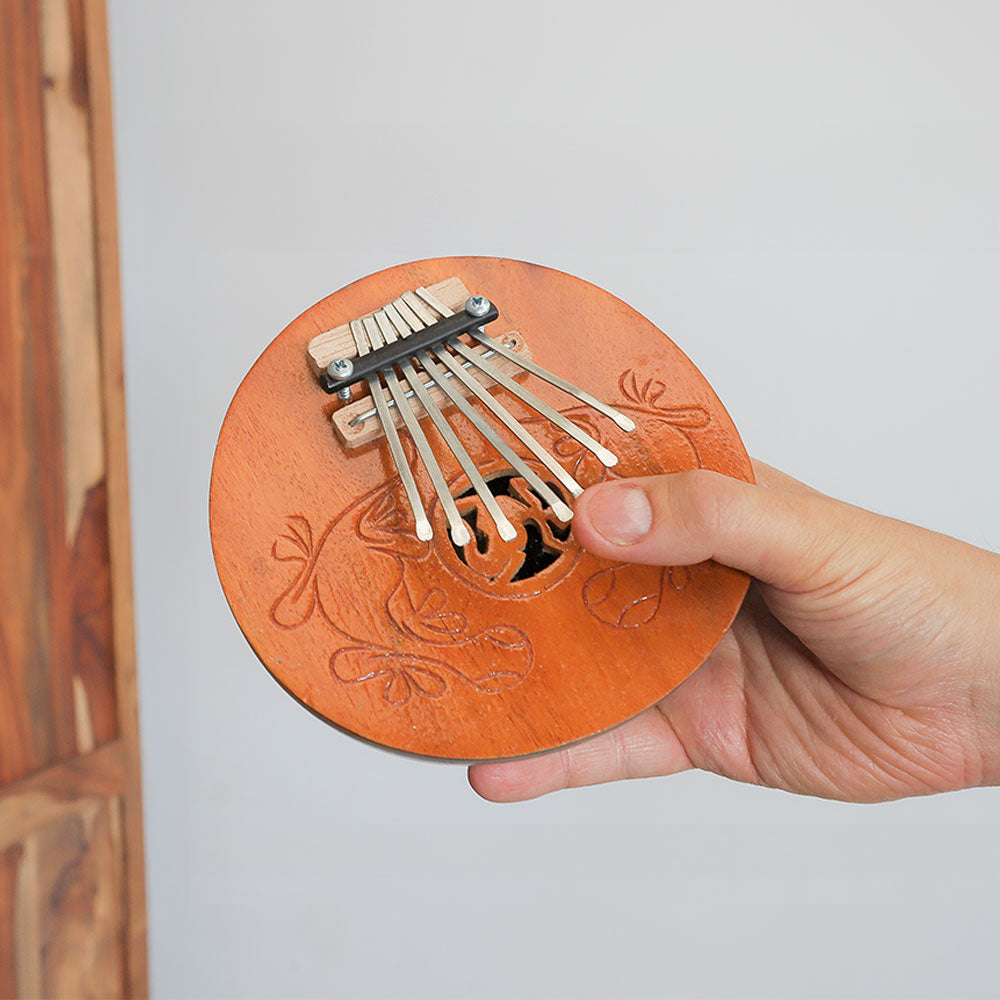The Philippines is known for its musical traditions. One of the most amazing instruments that originated from the Philippines is the Kulintang. This traditional musical instrument holds immense cultural significance and is recognized as a Filipino emblem. This article will explore the realm of Kulintang, exploring into its history, structure, cultural importance, performances, and capacity to dismantle barriers and promote cultural connections.
The History of Kulintang

Kulintang's history spans centuries, its origins intricately woven into the culture of the Philippines. This traditional instrument belongs to the larger gong-chime culture of Southeast Asia. It is an idiophone percussion instrument featuring a row of small gongs struck with wooden beaters. Kulintang groups have played for centuries in the Philippines, Indonesia, Malaysia, Brunei, and East Timor.
The kulintang instrument holds excellent significance in Philippine culture, particularly indigenous music and cultural practices. It is associated with indigenous cultures and is recognized as an icon of Filipino culture and identity. The instrument's history and evolution testify to the region's rich musical traditions and importance in preserving and celebrating cultural diversity.
The Sound of the Kulintang
Kulintang performances feature resonant tones from a row of gongs, typically eight, arranged in a pentatonic scale and struck with wooden beaters. As an idiophone percussion instrument, the gongs are placed on a rack that amplifies their sound. Groups like the Talaandig, Pangalay, and Maguindanaon present unique styles, combining music and dance. Performers demonstrate technical skill with intricate instruments and traditional attire, ensuring this Philippine tradition continues to thrive.
Exploring Mindanao Culture through Kulintang
One can discover Mindanao's cultural traditions in the Philippines through Kulintang. This traditional musical instrument has a unique construction. The indigenous communities of Mindanao have long used Kulintang as an integral part of their cultural practices. For centuries, kulintangs have played a pivotal role in celebrations, rituals, and social gatherings, showcasing the deep-rooted connection between music and identity.
The intricate interplay of the gongs, complemented by the rhythmic beats of the wooden beaters, creates a symphony that reflects the traditions of Mindanao. By experiencing kulintang performances, you can witness the skill of the performers as they bring to life the ancient melodies passed down through generations. The intricate patterns of the music, intricate dance movements, and colourful costumes all contribute to the experience, allowing audiences to immerse themselves in the richness of Mindanao culture.
Kulintang Performances Benefits
The traditional Kulintang trditional musical instrument from the Philippines is rooted in Mindanao's traditions, kulintang performances showcase intricate interplay between gongs and beaters, often accompanied by dance, storytelling, and traditional costumes. These events create shared experiences, highlight Filipino heritage, and deepen appreciation for the cultural richness of Mindanao and the Philippines.The Future of Kulintang
With the advent of technology and the internet, Kulintang has gained global recognition, reaching audiences beyond the borders of the Philippines. Online platforms and social media have established a platform for kulintang performers to disseminate their music and connect with fellow artists worldwide.
Efforts are being made to promote kulintang education and preserve traditional playing techniques. Schools, cultural institutions, and music academies are incorporating Kulintang into their curricula, ensuring that future generations can learn and appreciate this Philippine instrument.
Kulintang Facts
- Kulintang is often played with traditional Philippine instruments such as the Agung (large gong) and dabakan (drum).
- The music produced by the kulintang is often accompanied by traditional dances that further enhance the cultural experience.
- Kulintang has gained international recognition and has been featured in various performances and festivals worldwide.
Kulintang (Frequently Asked Questions)
What is kulintang?
Kulintang is a traditional musical instrument of the Philippines that belongs to the larger gong-chime culture of Southeast Asia.
How does kulintang differ from gamelan music?
Kulintang music differs from gamelan music in melodic construction and flexibility.
Where is kulintang played?
The Kulintang has been played for centuries in the Philippines, Indonesia, Malaysia, Brunei, and East Timor.
Who performs kulintang music?
Kulintang music is performed by various groups and tribes in the Philippines, representing the beauty and diversity of the region.
What are the components of Kulintang?
Kulintang is an idiophone percussion instrument featuring a row of small gongs struck with wooden beaters.







